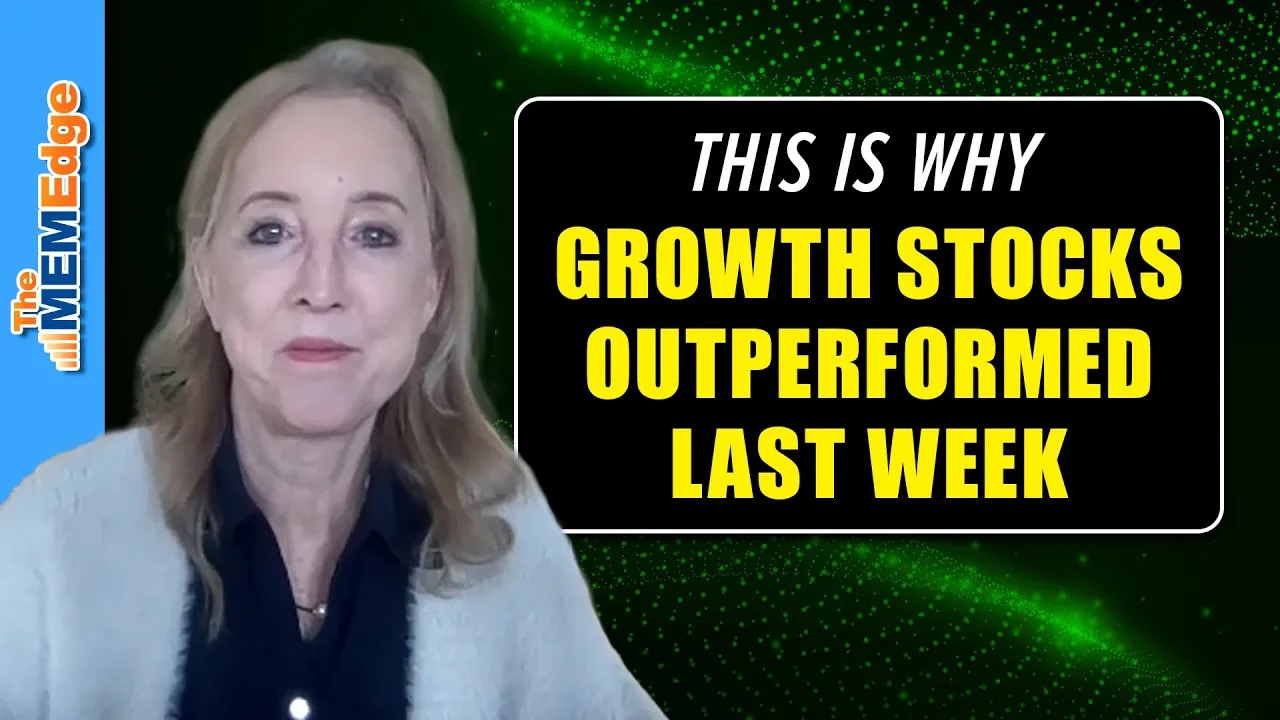Bullish or Bearish? The Truth About Rate Cuts and Stock Performance | The Mindful Investor w/ David Keller, CMT

So the first Fed Funds rate cut is over, we are no longer in a “higher for long” period, but rather in a new rate-cutting cycle that will likely last until 2025. Good news for stocks, right? Well, not necessarily.
The reality is that rate cut cycles don’t happen that often. On average, there is one rate cut cycle every 10 years. This is because the Fed raises and lowers rates in accordance with the economic cycle. When the economy is growing, it can raise rates to suppress growth. And when the economy starts to slow, it can lower rates to stimulate spending and economic growth.

The chart above shows the S&P 500 Index and the effective federal funds rate. I added a blue vertical line to identify when the Fed made its first rate cut in each cycle. So why are seasoned investment professionals a little hesitant to break out the champagne after this week’s first rate cut? Because they remember years like 2001 and 2007, when stocks were down for months after that first decision.

Now, to be fair, the S&P has been up for about 6-7 months since the first rate cut in 2019. The COVID-19 pandemic has changed the game in so many ways that it’s impossible to gauge whether the market would have been up without that market-changing event. But in general, stocks have often fallen after the first rate cut decision.
To get a more complete picture of the relationship between interest rates and stock market performance, let’s also look at the shape of the yield curve. The following chart shows the difference between the yield on a 10-year Treasury note and the yield on a 2-year Treasury note, commonly known in the industry as “2s vs. 10s.”

The top panel shows the difference between the 10-year yield and the 2-year yield. I added a purple horizontal line just above the zero level because if the rate falls below that point, an inverted yield curve occurs. I also added a red vertical line to show when the yield curve is inverted but has transitioned to a more normalized shape. The orange shaded area indicates a recession period and the bottom panel shows the S&P 500 for reference.
Note that almost every recession has a similar sequence of events: First, the yield curve inverts as fixed income investors become less optimistic about future economic growth. Eventually, the yield curve returns to its normal shape, and soon after, the economy falls into a recession, and the stock market begins to decline.
Now, does all this mean that stocks will go down as we saw when similar patterns emerged? Of course not. Remember, interest rates and the Fed are just part of a rich, dynamic, and complex system of indicators that help us understand the market environment.
But if history teaches us anything, it is that while rate cut cycles are usually very good for stocks, they are not always immediate. Prudent investors should be on the lookout for signs of a potential downtrend and focus on areas of the market that are still relatively strong given the market uncertainty.
RR#6,
Dave
P.S. Are you ready to upgrade your investment process? Check out our free behavioral investment course!
David Keller, CMT
Chief Market Strategist
StockCharts.com
disclaimer: This blog is intended for educational purposes only and should not be construed as financial advice. The ideas and strategies should not be used without first evaluating your personal and financial situation or consulting a financial professional.
The author has no position on the securities mentioned at the time of publication. All opinions expressed herein are solely those of the author and do not in any way represent the views or opinions of any other person or entity.

David Keller, CMT, is the Chief Market Strategist at StockCharts.com, where he helps investors minimize behavioral biases through technical analysis. He is a frequent host on StockCharts TV, and on his blog, The Mindful Investor, he connects mindfulness techniques to investor decision making. David is also the President and Chief Strategist at Sierra Alpha Research LLC, a boutique investment research firm focused on managing risk through market awareness. He combines his strengths in technical analysis, behavioral finance, and data visualization to identify investment opportunities and strengthen the relationship between advisors and their clients. Learn More


